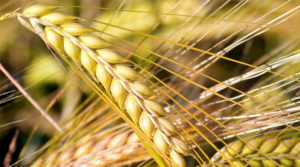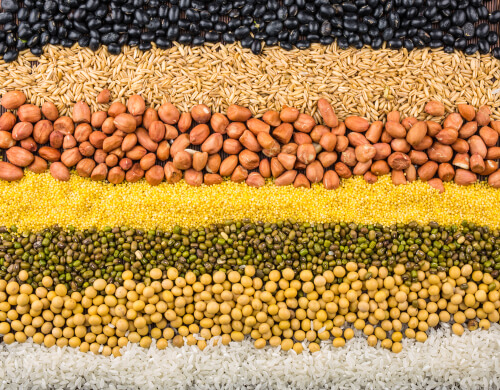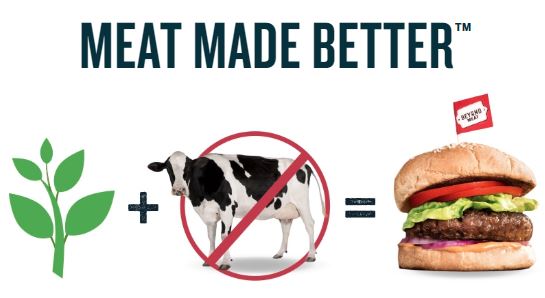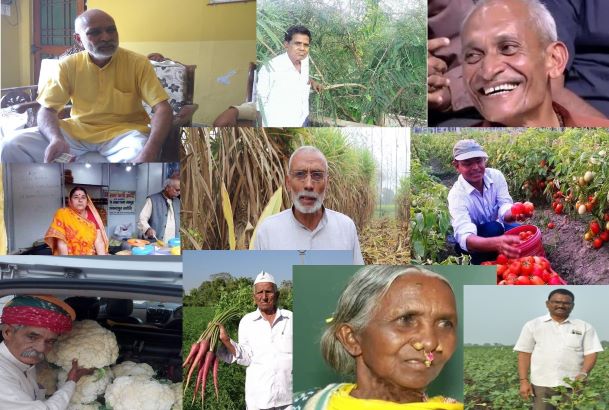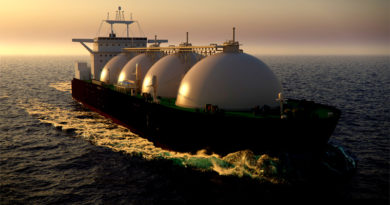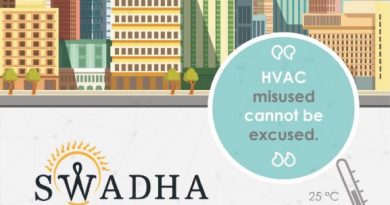Hydroponics- The Future of Farming Food

So Food sustainability made it to the climate change debate…now what? Do we change the way we eat or do we change the things that we consume? The debate on these two points can go on forever, maybe breaking the ranks into vegetarian, vegan and meat lovers at the end.
Industrialized farming techniques have meant a more plentiful supply of cheaper, fresher food – most notably in the developed world – they can also be a threat to the environment, promoting waste, putting too much strain on resources and causing pollution. Imagining the ways to make food available for 10 billion people by 2050 will need more than just words and research…it would need ways and many different ways to feed the hungry.
One such way is vertical farming, which has started to take shape in urban sprawls and building areas. Markets and Markets forecast that vertical farming industry is expected to grow at a CAGR of 24.8% from 2016 and reach USD 5.80 billion by 2022. Important to this approach, where land is scarce in areas of highly dense or are overpopulated, is the use of hydroponics.
No Soil, No Waste, and No Pesticides
Growing plants without soil is known as hydroponics. Plants grow through a process called photosynthesis, in which they use sunlight and a chemical inside their leaves called chlorophyll to convert carbon dioxide (a gas in the air) and water into glucose (a type of sugar) and oxygen. Write that out chemically and you get this equation:
6CO2 + 6H2O → C6H12O6 + 6O2
There’s no mention of “soil” anywhere in there—and that’s all the proof you need that plants can grow without it. What they do need is water and nutrients, both easily obtained from soil. But if they can get these things somewhere else—say, by standing with their roots in a nutrient-rich solution—they can do without soil altogether. That’s the basic principle behind hydroponics. In theory, the word “hydroponics” means growing plants in water (from two Greek words meaning “water” and “toil”), but because you can grow plants without actually standing them in water, most people define the word to mean growing plants without using soil.
Plants can also be rooted into a variety of compounds, including vermiculite, rockwool, or clay pellets – inert substances that won’t introduce any elements into the plant’s environment. Nutrient-enriched water then feeds the plant.
Hydroponics offers one particular advantage over traditional growing methods. Through careful manipulation and management of the growing environment, including the amount of water, the pH levels and the combination of specific nutrients plants can be encouraged to grow faster. Air and soil temperatures can also be carefully controlled, as can the prevalence of pests and diseases.
The net effect is an increased yield and improved use of resources. A less wasteful approach to resource consumption means reduced waste, preservation of water stocks and a diminished reliance on pesticides, fertilizers and other potentially harmful materials.

Why Hydroponics?
According to the UN Food and Agriculture Organization, about one-third of all the food produced every year ends up being wasted. That’s approximately 1.3 billion tonnes, which equates to a loss of almost $1 trillion.
The point in the value chain at which food tends to get wasted most differs between developed and developing countries. In developing countries, losses and waste tend to occur during the earlier stages of the food value chain. Partly, it is due to the need to transport food from rural areas to the urban. After the vast distances, before storing and then selling it to the consumers, vast resources are consumed from start to finish- fuel, people, land , buildings, time….the list goes on.
Other reasons also include constraints around farming, crop management and harvesting caused by a lack of finances and expertise. Improving the infrastructure and logistics of food in developing nations can help address many of these challenges.
Read more: Meet The Most Food Sustainable Countries: France Leads while US, UK stumble
Less surprisingly, in higher-income countries food is generally wasted later in the process. Driven by consumer behaviour and retailers’ approach to in-store practices; discounts that fail to attract purchases while food approaches the end of its “consume-by” period leads to food waste and loss. The situation is further hampered by ineffective strategies to redistribute unsold food and finding other destinations.
Consumers in High-income countries waste almost as much (222 million tonnes) as the entire net food production of sub-Saharan Africa (230 million tonnes). Meanwhile, the UNFAO says the number of malnourished people is on the rise: in 2016, it stood at 804 million but the following year had grown to 821 million.
Realistically, all the food cannot be saved but hydroponics can tweak the value chain management. Many perishables like tomatoes, leafy vegetables, root based vegetables like carrots, turnips and radishes, all can be grown in good quantities while in much smaller spaces which is ready to be sold with or without packaging and transport. We know that it is not a full proof solution but it is one of many which can help us transition from commercial farming and switch to an unconventional method of growing at least some of the food.
Picture Credit: Wikimedia Commons, NASA and Graph by FAO



